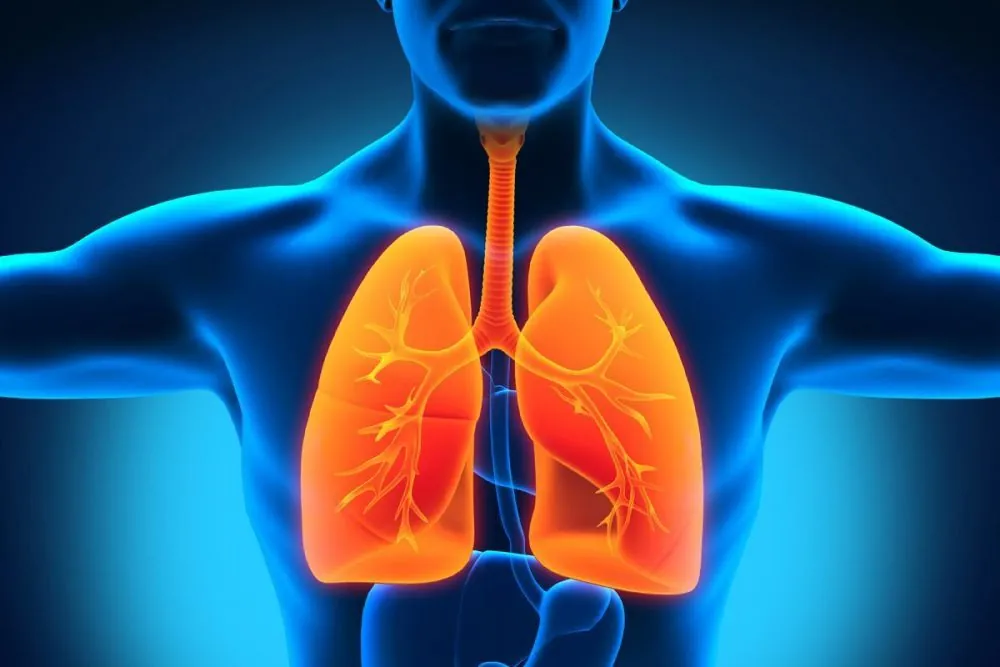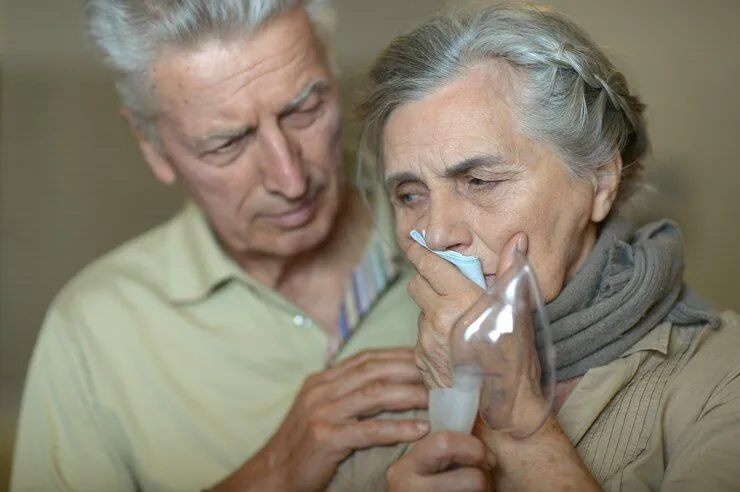How to recognize pneumonia: symptoms and doctor's advice
Kyiv • UNN
Therapist Hanna Degtyareva told how to distinguish a viral infection from pneumonia, what are the symptoms of pneumonia and when it is necessary to urgently consult a doctor.

Autumn, winter and spring are the time of frequent respiratory infections, the flu season, adenoviruses and COVID-19, as well as an increase in cases of pneumonia. How to distinguish when it is just a viral infection, and when it is necessary to consult a doctor to avoid dangerous consequences and how to recognize pneumonia, PhD, therapist Hanna Degtyarova told the UNN journalist.
Degtyarova noted that while viral infections often have a mild course and go away on their own, pneumonia is a more serious disease that requires medical attention. Without timely treatment, it can lead to serious complications.
Viral infection or pneumonia?
The doctor explained that viral infections mostly affect the upper respiratory tract – nose, throat, bronchi. They usually start with a tickle or sore throat, general malaise, nasal congestion, headache and fever. Coughing with a viral infection is usually dry. The temperature can reach high values, especially with the flu, and is accompanied by body aches, muscle pain, but it is well reduced by antipyretic drugs.
Treatment of viral infections is symptomatic: antipyretic drugs, plenty of fluids, and throat lozenges are used. During this period, it is important to observe bed rest and stay at home so as not to spread the infection. In most cases, symptoms disappear after 5–7 days, and improvement occurs as early as the 3rd day
Degtyarova noted that many cough medicines that are widely used to suppress it do not have scientifically proven effectiveness. She also stressed that antibiotics are not used for viral infections, as they do not act on viruses. In the initial stages of a viral infection, there is no need for blood tests or radiography, because inflammation markers usually remain low, and infiltrate in the lungs does not yet form. Therefore, it is worth "saving" an extra dose of radiation.

When does a viral infection turn into pneumonia?
"If the condition does not improve on the 4th day of the disease, but on the contrary, worsens (high temperature persists, shortness of breath or chest pain that worsens with breathing appears), this may indicate the development of bacterial pneumonia. In this case, you should immediately consult a doctor for diagnosis and treatment," the therapist explained.
How to recognize pneumonia?

Degtyarova said that pneumonia can develop on its own, as a primary infection, or as a complication of a viral infection. This is a serious disease that requires the use of antibacterial drugs, and in some cases – even hospitalization.
The therapist named the symptoms of pneumonia:
- wet cough with yellow or green sputum, sometimes with blood impurities;
- high fever and/or chills that do not respond well to antipyretic drugs or decrease only for a short time;
- shortness of breath and chest pain that worsens with breathing (may indicate damage to the pleura – the lining of the lungs, rich in nerve endings);
- pronounced weakness, decreased performance, loss of appetite. In severe cases – oxygen starvation, which is manifested by blue lips and fingers.
Features of pneumonia in the elderly and patients with chronic diseases
Elderly patients need special attention, because the only symptom of pneumonia may be confusion or disorientation! In patients with diabetes mellitus, cardiovascular, kidney or lung diseases, pneumonia may have an atypical course. It often occurs without fever, cough or shortness of breath. Often the only manifestations may be a sharp deterioration in well-being, pronounced weakness or delirium

According to her, a separate risk group is patients with immunodeficiency (for example, those who take immunosuppressive drugs, steroids or have severe diabetes). In them, pneumonia often has a severe course and a high risk of complications, so a visit to the doctor and treatment should be started as early as possible.
So when should I see a doctor for a respiratory infection?
Degtyarova stated that an urgent consultation with a doctor is necessary if:
- the temperature remains above 38°C for more than 3 days and does not decrease after taking antipyretic drugs;
- shortness of breath or difficulty breathing has appeared;
- cough is accompanied by bloody sputum or sputum of yellow or green color;
- the condition is rapidly deteriorating, new symptoms appear;
- there are chronic diseases of the heart or lungs or a weakened immune system;
- an elderly patient suddenly develops confusion or disorientation.
When can I not rush to the doctor?
As the therapist explains, if you do not have serious risk factors, and the symptoms are mild, a visit to the doctor can be postponed under the following conditions:
- temperature below 38°C;
- dry cough, without sputum of unusual color;
- lack of shortness of breath and chest pain;
- nasal congestion, runny nose, sore throat;
- lack of chronic diseases and immunosuppression.
"Most viral infections pass without complications, but vigilance is necessary. Pneumonia is a serious disease that cannot be ignored. The main thing is to recognize the symptoms in time and seek medical help at the first alarming signals," said Degtyarova.